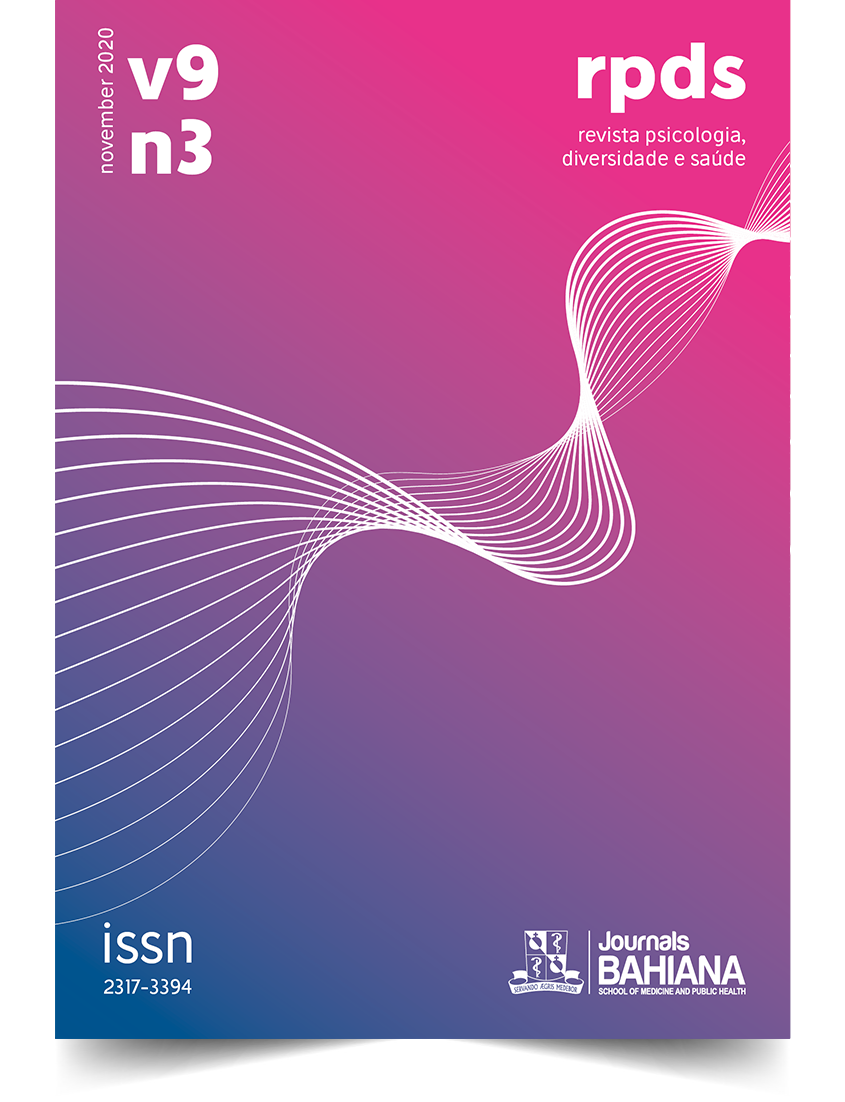Heart symbolisms: the relationship between dream content and waiting for cardiac surgery
DOI:
https://doi.org/10.17267/2317-3394rpds.v9i3.3218Keywords:
Analytical Psychology. Dreams. Symbols.Abstract
The wait for cardiac surgery may be prolonged, causing psychological vulnerability to patients. The analysis of dreams facilitates access to symbolic language and themes related to heart disease, hospitalization and treatment. The aim of this study is to understand the relationship between dream content and waiting for cardiac surgery, based on the theoretical framework of Analytical Psychology. A qualitative and exploratory study was performed on patients admitted to a Cardiac Surgery Inpatient Unit. Six patients in the unit participated in the research. For data collection, a multidisciplinary medical record was used, as well as a Dream and Associations Record form. Data analysis took place in two stages: categorical content analysis and symbolic expansion. The analyzed dreams provided a deepening in the psychic experience of the participating patients and a greater connection with themes that are latent during the hospitalization process: fear of death, escape and transformation. It was possible to perceive the connection of patients with the possibility of finitude, given the fragility of the body and the heart. The lack of autonomy and control of situations during the hospitalization process strengthens the fear of death and the desire to resume a safe, stable, fluid life, which was supposedly more viable before hospitalization, through the escape from reality. However, patients are faced with the call of transformation in their lives, in addition to cuts and carnal adjustments, a change in perspective, attitude, which again causes fear.Downloads
Download data is not yet available.
Downloads
Published
11/26/2020
Issue
Section
Original Articles
How to Cite
Barreto, E. S. e S., & Moreira, F. G. (2020). Heart symbolisms: the relationship between dream content and waiting for cardiac surgery. Revista Psicologia, Diversidade E Saúde, 9(3), 339-350. https://doi.org/10.17267/2317-3394rpds.v9i3.3218



